Crawfish are great for quality seafood lovers and haters alike. While often grouped with seafood, crawfish themselves have a very mild natural flavor. They are meatier than crab and not as tough as shrimp, but crawfish are often described as tasting like a combination of the two. They are lightly salty, slightly sweet, and can have a bit of a mineral flavor. Crawfish shines in most cuisine because the flavor is extremely variable. What crawfish tastes like will ultimately depend on which parts of the animal you are eating, how it is prepared, and what seasoning is used. See below for a crawfish parts tasting and preparation guide.
Crawfish Parts and Taste
Crawfish claws, legs, and tails are often grouped together as one flavor group, as they all contain a great deal of meat. These are also the most desirable part of the crustacean. However, each, in addition to tomalley, roe, and shell, has a distinct flavor profile. Claws – Crawfish claws are very mild and subtly sweet. The meat is similar to that of a lobster claw – very smooth and not at all chewy. Crawfish claws are best served by steaming and boiling to preserve the delicate natural flavor. Tails – Crawfish tails taste similar to the claws, but they are often tougher, more fibrous, and chewier. A variety of cooking methods are used to prepare tails, which retain their taste and texture even when grilled, seared, broiled, and baked. Legs – The legs of the crawfish contain very little meat. Indeed, these are very rarely included on menus as their own item, but many enjoy sucking the contents out of each leg when eating a whole crawfish, especially at a boil. Tomalley – Like many crustaceans, crawfish have a green mass inside their bodies. This is called tomalley, and it is the animal’s digestive gland, similar to a liver or pancreas. Tomalley is described as having a very strong, concentrated crawfish flavor – a combination of salt and sweet. This part of the animal is often whisked into sauces or soups to add flavor, but it can also be eaten on its own. Roe – Crawfish roe, or eggs, are often described as tasting like mild caviar. It is not extremely salty or intense; instead, it has a delicate ocean water taste. However, if the roe inside the crawfish you are eating is still black, it means it has not been thoroughly cooked. The roe should turn a bright red when ready to eat. Shell – While we don’t advise eating shell on its own, adding crawfish shells to stock, soups, and sauces is a great way to infuse your cooking with a mild crawfish flavor. Just don’t forget to remove it before serving!
Comapre Prices for Shipping Crawfish to Your Door
Crawfish Preparation and Taste
Crawfish are traditionally boiled whole in spicy Cajun seasoning and served whole with corn and potatoes. While the experienced eater may still be able to ascertain the flavors in varied parts, the seasoning will be the strongest element in what a crawfish tastes like to eat. This is true in traditional crawfish boils as well as soups, sauces, and various other preparations. The extreme flavor variability and natural mildness make crawfish an excellent food for both seafood enthusiasts and skeptics. If you’re hosting a crawfish boil, don’t be afraid to invite the neighbors who notoriously turn their noses up at salmon. You’ll be surprised by how great a crowd-pleaser this tiny crustacean can be when they finally get over the initial fear and intrepadation of what a crawfish tastes like.
Take note of our Affiliate Relationships that may exist with this page and companies listed on it.


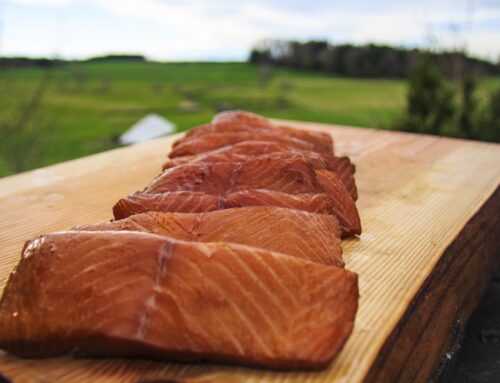
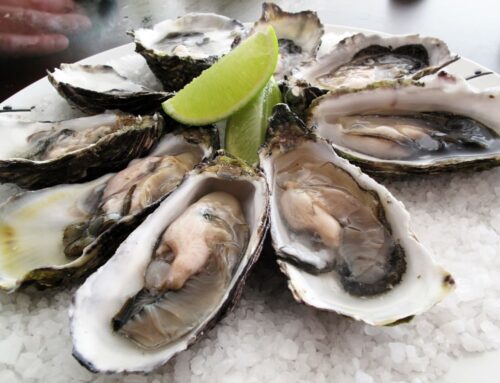
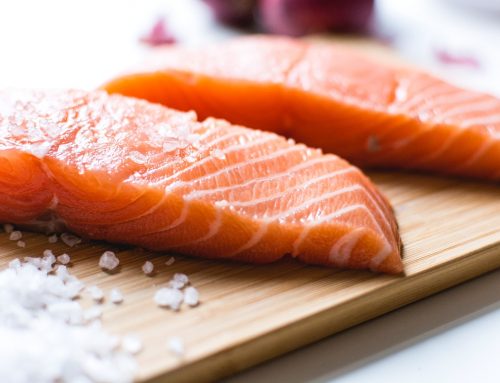

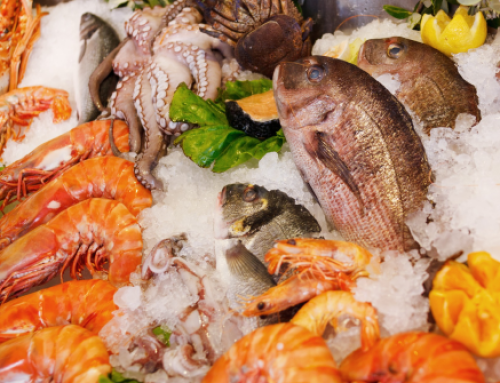
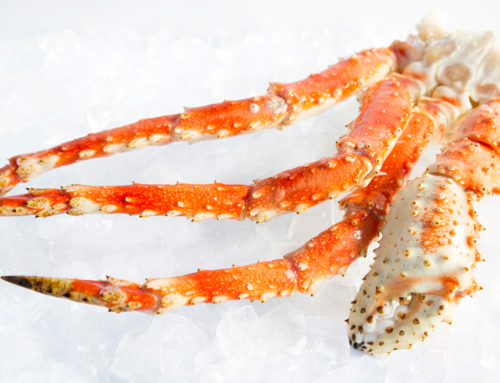
[…] legs, and tails are categorized in the same flavor group. However, each part does have its own distinct taste and […]